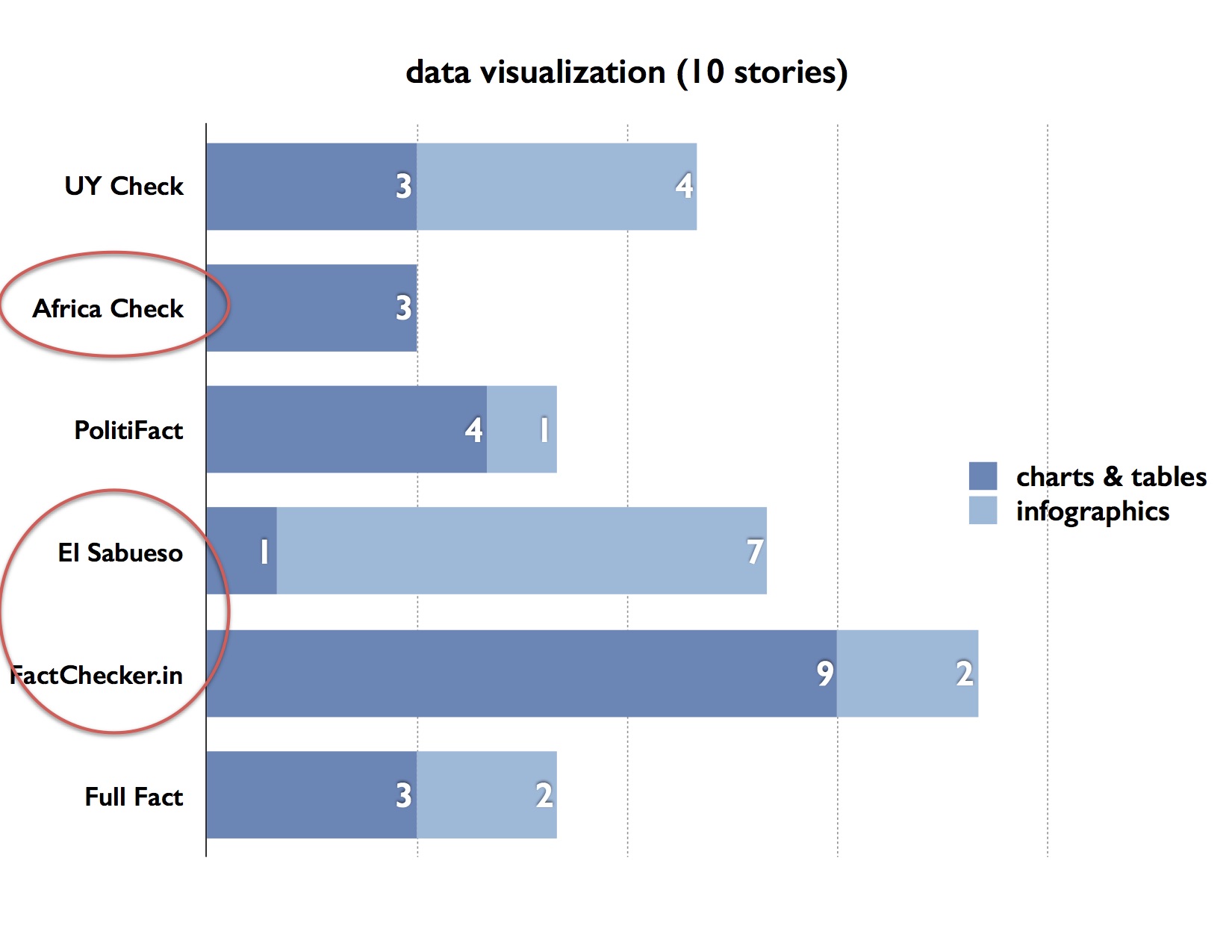The high volume of political truth-twisting is driving demand for political fact-checkers around the world, with the number of fact-checking sites up 50 percent since last year.
The Duke Reporters’ Lab annual census of international fact-checking currently counts 96 active projects in 37 countries. That’s up from 64 active fact-checkers in the 2015 count. (Map and List)
 A bumper crop of new fact-checkers across the Western Hemisphere helped increase the ranks of journalists and government watchdogs who verify the accuracy of public statements and track political promises. The new sites include 14 in the United States, two in Canada as well as seven additional fact-checkers in Latin America.There also were new projects in 10 other countries, from North Africa to Central Europe to East Asia.
A bumper crop of new fact-checkers across the Western Hemisphere helped increase the ranks of journalists and government watchdogs who verify the accuracy of public statements and track political promises. The new sites include 14 in the United States, two in Canada as well as seven additional fact-checkers in Latin America.There also were new projects in 10 other countries, from North Africa to Central Europe to East Asia.
With this dramatic growth, politicians in at least nine countries will have their statements scrutinized before their voters go to the polls for national elections this year. (In 2015, fact-checkers were on the beat for national elections in 11 countries.)
Active fact-checkers by continent in our latest tally:
Africa: 5
Asia: 7
Australia: 2
Europe: 27
North America: 47
South America: 8
More than a third of the currently active fact-checkers (33 of 96) launched in 2015 or even in the first weeks of 2016.
The Reporters’ Lab also keeps tabs on inactive fact-checking ventures, which currently number 47. Some of them assure us they are in suspended animation between election cycles — a regular pattern that keeps the fact-checking tally in continuous flux. At least a few inactive fact-checkers in the United States have been “seasonal” projects in past elections. The Reporters’ Lab regularly updates the database, so the tallies reported here are all as of Feb. 15, 2016.
Growing Competition
U.S. fact-checkers dominate the Reporters’ Lab list, with 41 active projects. Of these, three-quarters (30 of 41) are focused on the statements of candidates and government officials working at the state and local level. And 15 of those are among the local media organizations that have joined an expanding network of state affiliates of PolitiFact, the Pulitzer Prize-winning venture started nine years ago by the Tampa Bay Times in St. Petersburg, Florida.
(Editor’s Note: PolitiFact founder Bill Adair is a Duke professor who oversees the Reporters’ Lab work. The Lab is part of the the DeWitt Wallace Center for Media & Democracy at Duke’s Sanford School of Public Policy.)
In the past year, PolitiFact’s newspaper and local broadcast partners have launched new regional sites in six states (Arizona, California, Colorado, Iowa, Missouri and Nevada) and reactivated a dormant one in a seventh state (Ohio).
In some cases, those new fact-checkers are entering competitive markets. So far this election year, at least seven U.S. states have more than one regional fact-checker and in California there are three.
With the presidential campaign underway, competition also is increasing at the national level, where longstanding fact-checkers such as FactCheck.org, PolitiFact and the Washington Post Fact Checker now regularly square off with at least eight teams of journalists who are systematically scrutinizing the the candidates’ words. And with more and more newsrooms joining in, especially on debate nights, we will be adding to that list before the pixels dry on this blog post.
Competition is on the rise around the world, too. In 10 other countries, voters have more than one active fact-checker to consult.
The tally by country:
U.S.: 41
France: 5
U.K.: 4
Brazil: 3
Canada: 3
South Korea: 3
Spain: 3
Argentina: 2
Australia: 2
Tunisia: 2*
Ukraine: 2
* One organization in Tunisia maintains two sites that track political promises (a third site operated by the same group is inactive).
The growing numbers have even spawned a new global association, the International Fact-Checking Network hosted by the Poynter Institute, a media training center in St. Petersburg, Florida.
Promises, Promises
Some of the growth has come in the form of promise-tracking. Since January 2015, fact-checkers launched six sites in five countries devoted to tracking the status of pledges candidates and party leaders made in political campaigns. In Tunisia, there are two new sites dedicated to promise-tracking — one devoted to the country’s president and the other to its prime minister.
There are another 20 active fact-checkers elsewhere that track promises, either as their primary mission or as part of a broader portfolio of political verification. Added together, more than a quarter of the active fact-checkers (26 of 96, including nine in the United States) do some form of promise-tracking.
The Media Is the Mainstream — Especially in the U.S.
Nearly two-thirds of the active fact-checkers (61 of 96, or 64 percent) are directly affiliated with a new organization. However this breakdown reflects the dominant business structure in the United States, where 90 percent of fact-checkers are part of a news organization. That includes nine of 11 national projects and 28 of 30 state/local fact-checkers
Media Affiliations of 41 Active U.S. Fact-Checkers
Newspaper: 18
TV: 10
TV + Newspaper: 1
Radio: 3
Digital: 3
Student Newspaper: 1
Not Affiliated: 4
The story is different outside the United States, where less than half of the active fact-checking projects (24 of 55, or 44 percent) are affiliated with news organizations.
The other fact-checkers are typically associated with non-governmental, non-profit and activist groups focused on civic engagement, government transparency and accountability. A handful are partisan, especially in conflict zones and in countries where the lines between independent media, activists and opposition parties are often blurry and where those groups are aligned against state-controlled media or other governmental and partisan entities.
Many of the fact-checkers that are not affiliated with news organizations have journalists on their staff or partner with professional news outlets to distribute their content.
All About Ratings
More than three out of four active U.S. fact-checkers (33 of 41, or 81 percent) use rating systems, including scales that range from true to false or rating devices, such as the Washington Post’s “Pinocchios.” That pattern is consistent globally, where 76 of 96, or 79 percent, use ratings.
This report is based on research compiled in part by Reporters’ Lab student researchers Jillian Apel, Julia Donheiser and Shaker Samman. Alexios Mantzarlis of the Poynter Institute’s International Fact-Checking Network (and a former managing editor of the Italian fact-checking Pagella Politica) also contributed to this report, as did Reporters’ Lab director Bill Adair, Knight Professor for the Practice of Journalism and Public Policy at Duke University (and founder of PolitiFact).
Please send updates and additions to Reporters’ Lab co-director Mark Stencel (mark.stencel@duke.edu).







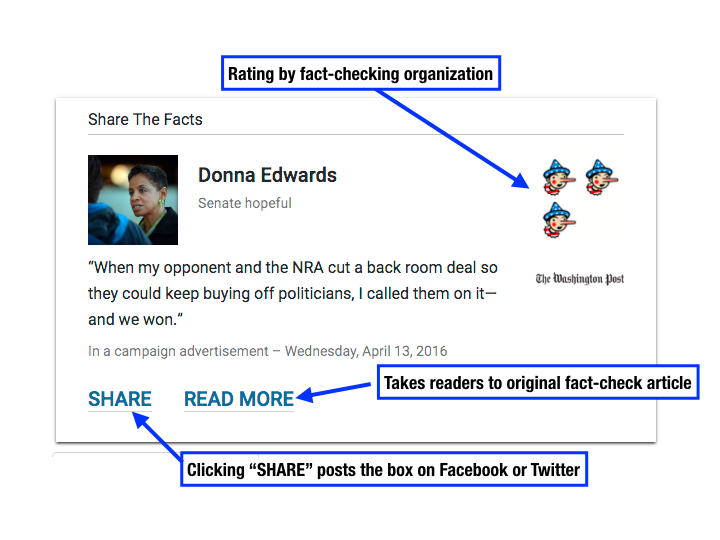
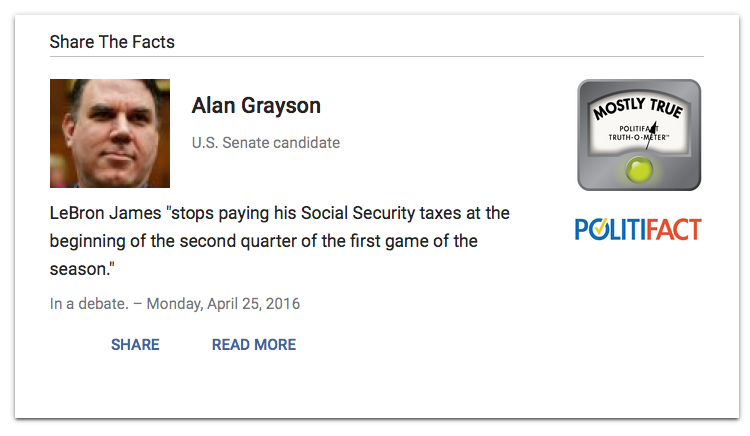
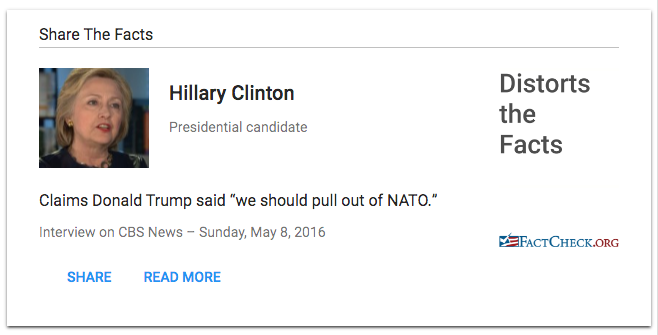
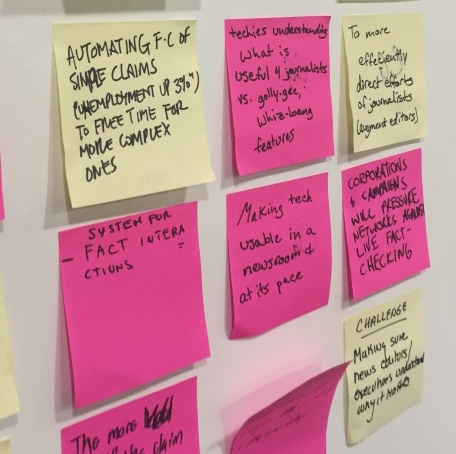
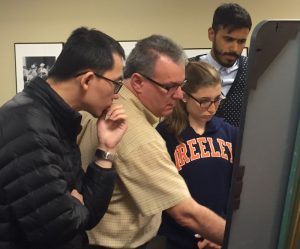



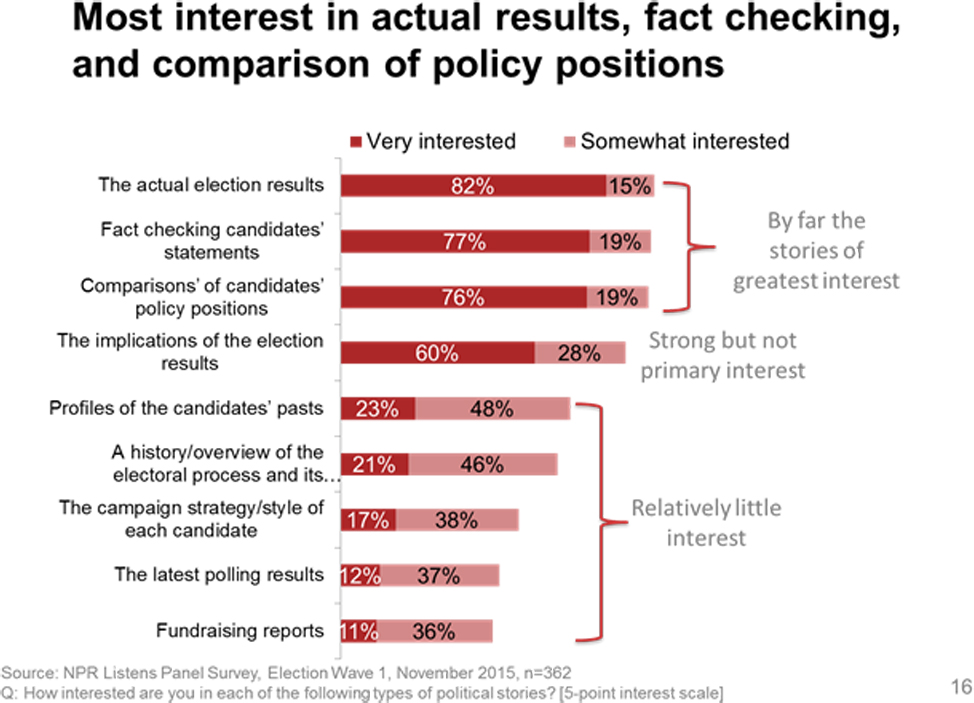

 A bumper crop of new fact-checkers across the Western Hemisphere helped increase the ranks of journalists and government watchdogs who verify the accuracy of public statements and track political promises. The new sites include 14 in the United States, two in Canada as well as seven additional fact-checkers in Latin America.There also were new projects in 10 other countries, from North Africa to Central Europe to East Asia.
A bumper crop of new fact-checkers across the Western Hemisphere helped increase the ranks of journalists and government watchdogs who verify the accuracy of public statements and track political promises. The new sites include 14 in the United States, two in Canada as well as seven additional fact-checkers in Latin America.There also were new projects in 10 other countries, from North Africa to Central Europe to East Asia.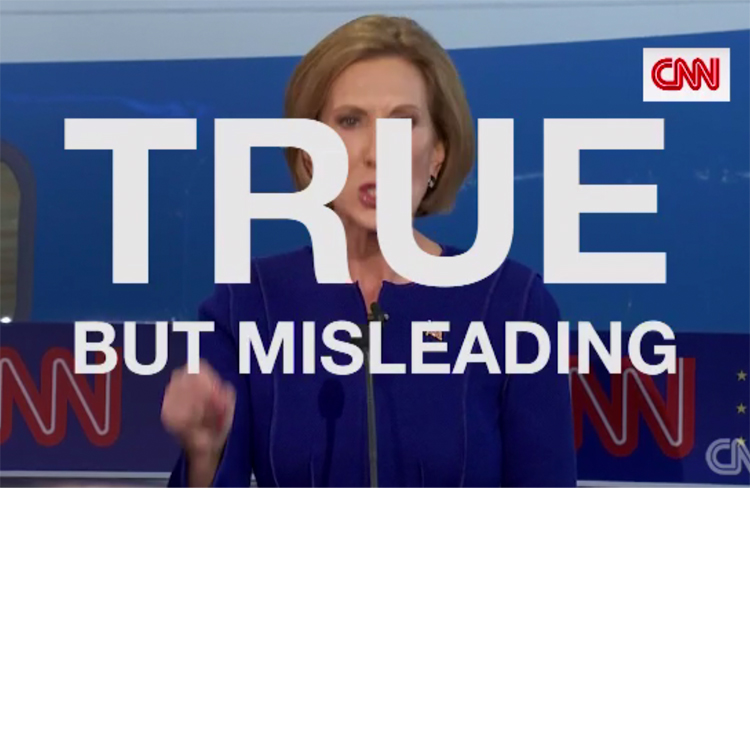



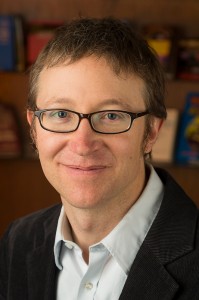
 Graves and his researchers found a surprising range in the length of the fact-checking articles. UYCheck from Uruguay had the longest articles, with an average word count of 1,148, followed by Africa Check at 1,009 and PolitiFact at 983.
Graves and his researchers found a surprising range in the length of the fact-checking articles. UYCheck from Uruguay had the longest articles, with an average word count of 1,148, followed by Africa Check at 1,009 and PolitiFact at 983.
